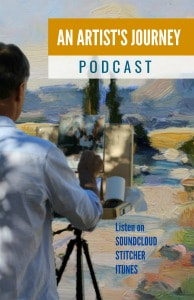|
What to Do and What to Avoid when Painting Foregrounds
A frequent question from workshop members is how to paint foregrounds in a landscape. Often I observe this issue in artist's work too. Most of the artist's attention is on the focal area. But the foreground remains unresolved and the painting suffers for it.
In this article I want to tackle this problem of foregrounds with tips you can use today in your paintings. Plus video.
Why are Foregrounds Difficult to Paint?
The answers to this question will help to explain the dilemma. When working out composition you know that:
What Foregrounds Should Do I look at the foreground as an introduction. The welcome message. The promise of a fine experience. If you think of books or movies you will see that the beginning is exciting. It is interesting too and draws you into the main story. Beginnings are not weak, but they do not dominate either. You want more. In the case of paintings your eye seeks out the focal area via the foreground. Then the eye moves around and back to the foreground to start the journey again. Important Foreground Pointers When painting a typical landscape you want to convey a three dimensional plane. The foreground is the beginning of that plane. If it is lacking spatial indicators your eye will move upwards instead of inwards. This is why roads, for example, sometimes look like they are moving vertically up the painting. How to fix this? Tips for Better Foregrounds:
Avoid these Foreground Blunders
Color Temperature is Key Often a mundane stretch of foreground comes to life with a variety of warm and cool shapes. One color temperature must dominate though. If there is a large piece of cool shadow then a few dapples of sunlight give it zing. If it a mostly sunlight then little cool violet shadows may add sparkle. The idea is that you are not changing the overall value of the shape. You are rather adding interest to the shape. Find out more about using color temperature correctly. Be Bold and Determined Many a painting fails because the artist is too nervous about completing it. Remember that if you prepare and start the painting right you have a better success rate. Now finish the foreground with a large brush in bold shapes. Lots of paint. Never get caught up with fiddling brush marks. Final Words Study master paintings you admire in the genre and technique you prefer. Ask yourself how they handled the foreground. Use their techniques. Why is that shape there? Why is that color used? Question, consider and try those methods on your painting. This is how to learn. Learn the fundamentals fully:
Get the complete picture and not snippets of advice here and there. My complete course Learn to Paint with Impact will help you.
|
AuthorMalcolm Dewey: Artist. Country: South Africa Archives
June 2024
Categories
All
FREE
|
|

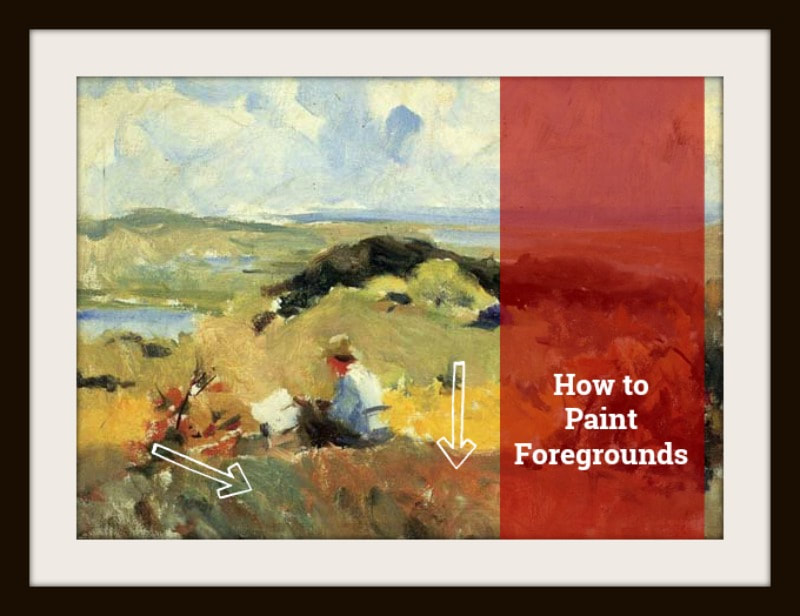
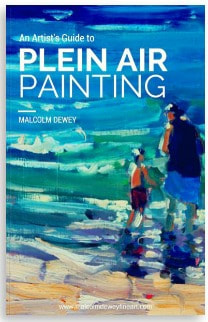
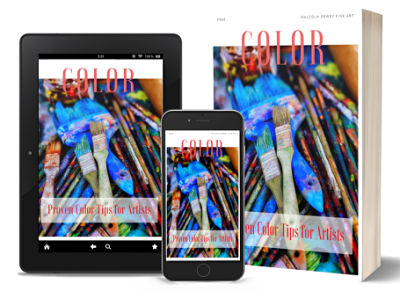

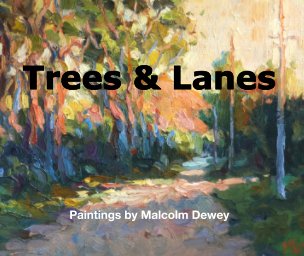



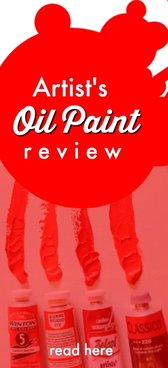
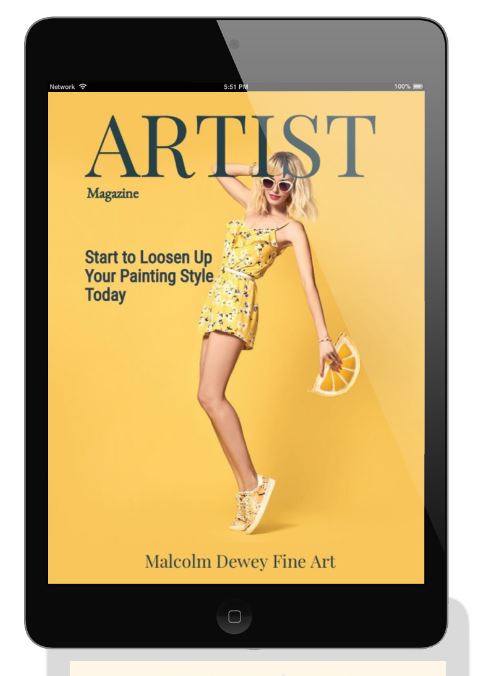
 RSS Feed
RSS Feed
